Wyspiański’s Visionary Theater
- Krystyna Lipińska Iłłakowicz

- Mar 16
- 4 min read

Wyspiański loved theater—for him, it was an enchanted land and
the costumed actors—visions from beyond.
Stanisława Wysocka, Polish actor and director
In his short life (1869 - 1907), Stanisław Wyspiański created numerous paintings and stained glass-work projects for which he is rightfully famous. No visit to Kraków is complete without a stop at the Franciscan church to admire his stained glass windows and amazing murals.
Phot. Paweł Mazur
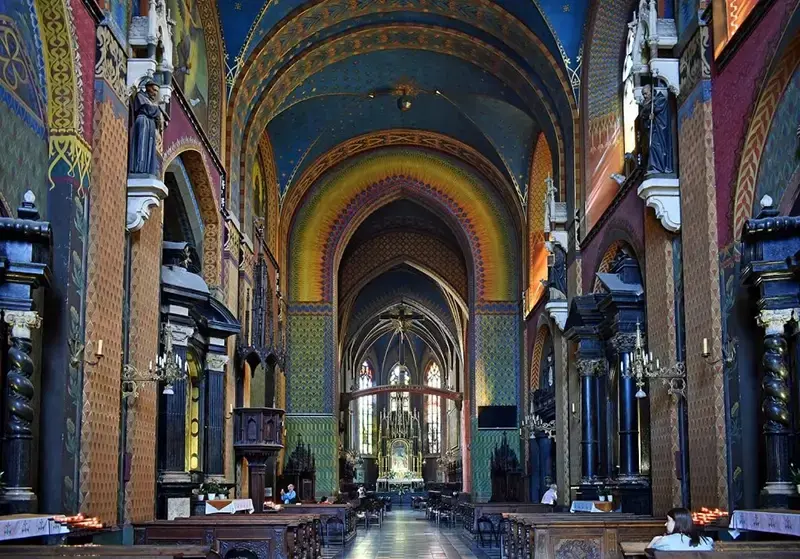
St. Francis of Assis Church, Kraków
Yet there is another field of Wyspiański’s innovative activities that deserve our attention. On February 28 through March 1, Yale University hosted a conference titled “An Enchanted Land: With Visions from Beyond: The Theater of Stanisław Wyspiański.” The aim of this conference was to introduce Wyspiański's revolutionary ideas, often way ahead of his time, to the American university and non-academic audiences.
Even though Wyspiański was one of the most extraordinary modern artists: he was a playwright, a theater innovator, a visionary, a stage designer, truly, a Renaissance man, he is very little known in the anglophone world. His ideas preceded those of other great theatrical innovators of the 20th century, Gordon Craig and Antonin Artaud. Bordering on what we call now post-dramatic theatre (that is non-linear theatrical composition, disconnected images overlapping of various realities, and interplay between heterogeneous discourses), Wyspiański propagated a vision of an all-embracing, highly artistic, politically responsive, open theatre.
The project for gathering a diverse group of researchers interested in Wyspiański‘s theatre-related work gestated for a long time. The pandemic forced us to postpone our plans. At last, thanks to my collaboration with Lauren Dubowski who translated into English Wesele/The Wedding, Wyzwolenie/The Liberation, and Akropolis, it happened. Anyone familiar with a complexity and poetry of those texts, knows how incredibly difficult it is to transpose them into English. Lauren's translation not only captures Wyspiański's rhymes, but even more importantly renders extraordinarily well the rhythm and the energy of the plays.
During the conference two roundtable conversations, one devoted to Wyspiański's theatre practice and the other to the translations of his work, allowed us to present a broad range of current research. We could listen to the eminent scholars from Poland, the US, and Canada: Katarzyna Fazan, Anna Róża Burzyńska, Dorota Jarząbek-Wasyl, and Mateusz Antoniuk from Jagiellonian University; Dominika Laster from University of New Mexico; Katie Trumpener from Yale; Tamara Trojanowska from University of Toronto; and Kathleen Cioffi from Princeton University Press.
As already mentioned, the conference’s focus was on Wyspiański's theatrical vision. The artist created numerous theatre texts, designed the stage settings, and directed his own and other playwrights’ plays. He was the first person ever who put Adam Mickiewicz's Dziady/Forfather's Eve on stage. Unfortunately, in Poland he was for years appropriated by the national patriotic narrative, the narrative of liberation centering on freeing Poland from the colonial powers. As a result, despite the significance of this theme for Wyspiański, his strictly theatrical endeavors were diminished. This is why we as organizers decided to highlight this side of Wyspiański's activity and remind our audiences that already in 1902 in his play The Liberation he conjured up the idea of a visionary theatre that integrated actors and puppets, special effects, different texts, site-specific staging, and other forms of theatre that came to be practiced in the second half of the 20th century.
New Municipal Theater, Krakow, 1893
Poster for the performance of The Wedding, 1901
Wyspiański’s set design for The Wedding
Set for the 2nd act of Liberation, 1903
Wyspiański’s drawings for the production of Protesilas and Laodamia, 1903
The conference presented the richness of Wyspiański's accomplishments through the talks and panel discussions, but it also included a film screening of The Wedding in the famous Andrzej Wajda’s version (1973). Additionally, the audience had a chance to listen to the readings from Wyspiański's plays in a new, English-language translation by Lauren Dubowski and watch the performative reading of Wyspiański’s short one-woman piece The Death of Ophelia that because of its Shakespearian subtexts offers cross-cultural interpretive and theatrical possibilities. The performance was prepared by the students from the David Geffen School of Drama at Yale: Wiktor Freifeld (design), Jack Kelly, Morandi Zerpa, and Grace Wissink (actors).
The opening of the conference and the screening of the Wajda’s The Wedding took place in the heart of Yale Humanities: the Humanities Quadrangle. On the second day, the discussions moved to the Center for Collaborative Arts and Media (CCAM). Thanks to the technological equipment of the Center, Wyspiański's floral murals from the Franciscan Church in Kraków were projected on the windows, thus creating a special, enchanting atmosphere.

As organizers we, Lauren and I, hope that such events may encourage artists, scholars, and community members at Yale, New Haven, and at other places in the US and Canada to find inspiration in Wyspiański's relentless, enduring creative spirit.
Stanisław Wyspiański, Self-portrait, 1897. National Muzeum in Kraków.
The conference poster
With thanks for the riches of visual materials provided by Katarzyna Fazan and Dorota Jarząbek-Wasyl.

Krystyna Lipińska Iłłakowicz teaches Polish language, theatre, and film at Yale University. She writes on Polish-American cultural exchanges, theatre, and film. She has published both in English and Polish about Witold Gombrowicz, Bruno Schulz, Tadeusz Kantor, and others. Currently she is working on a book with a working title The Image of America in Poland in the 1920s and 1930s. She is a co-editor of the theatre journal European Stages.


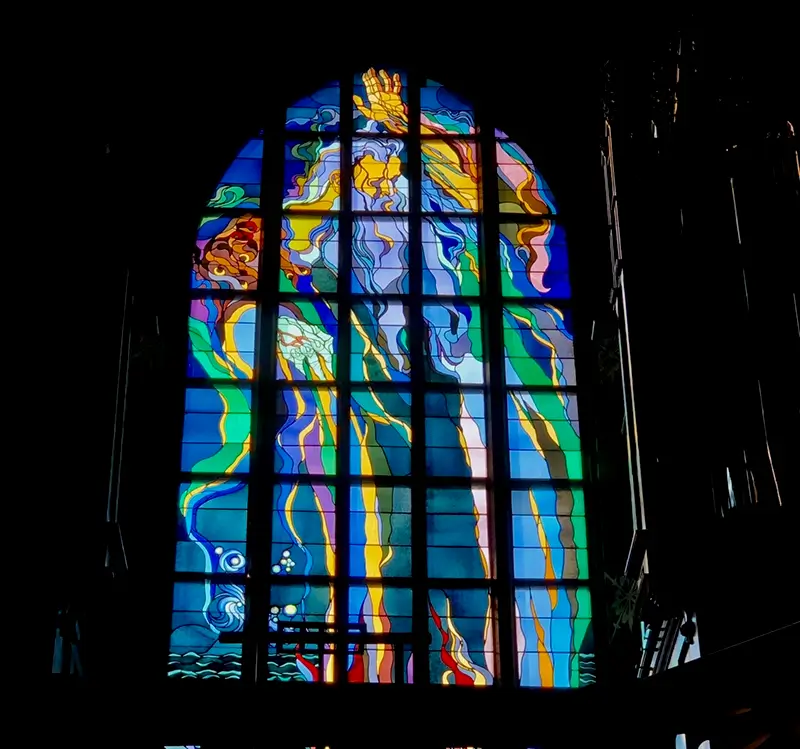
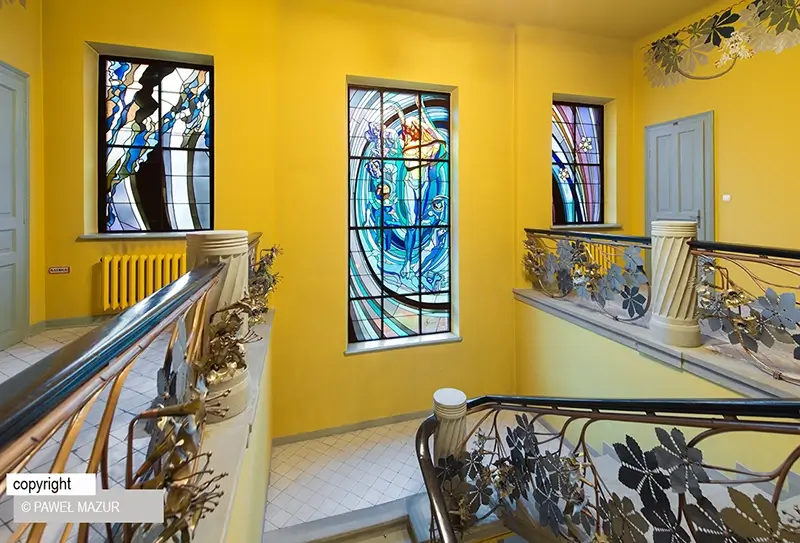
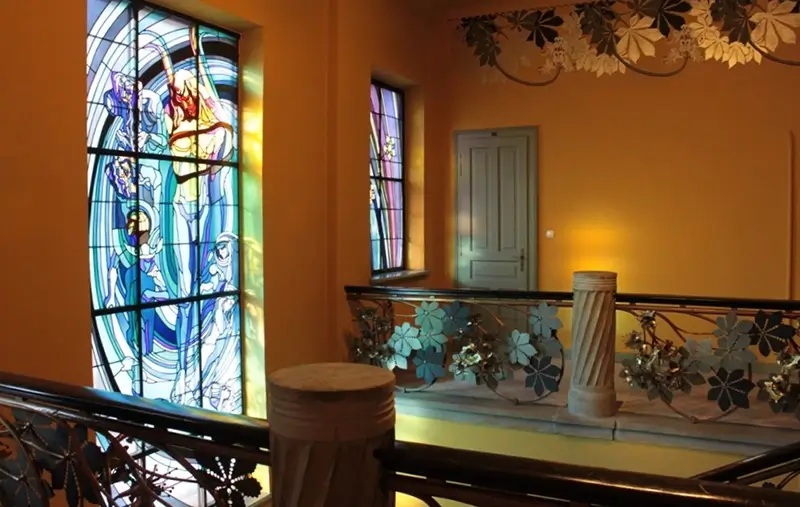
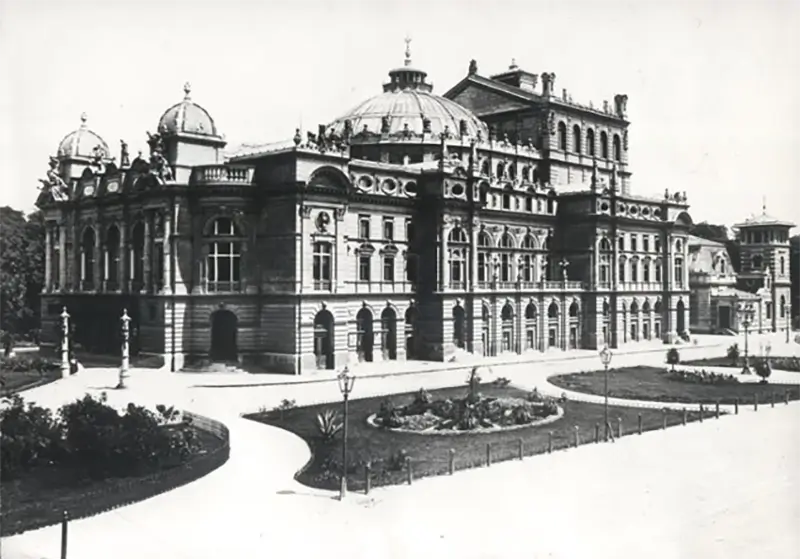
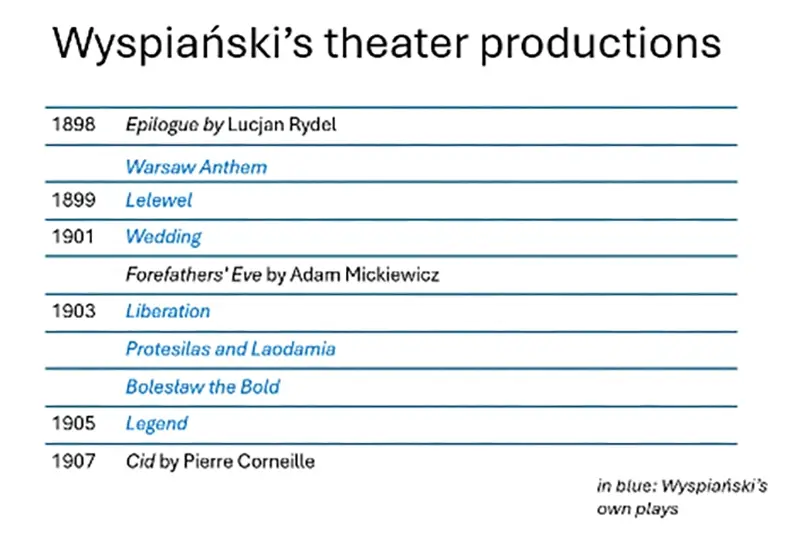


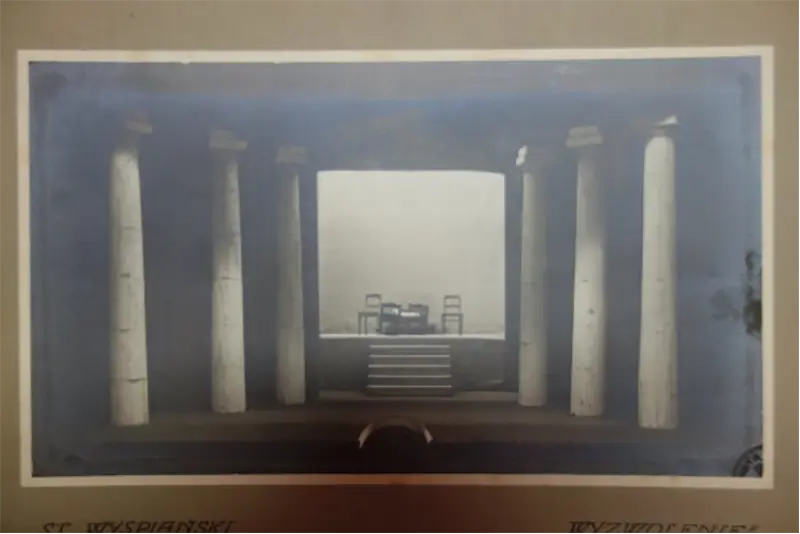
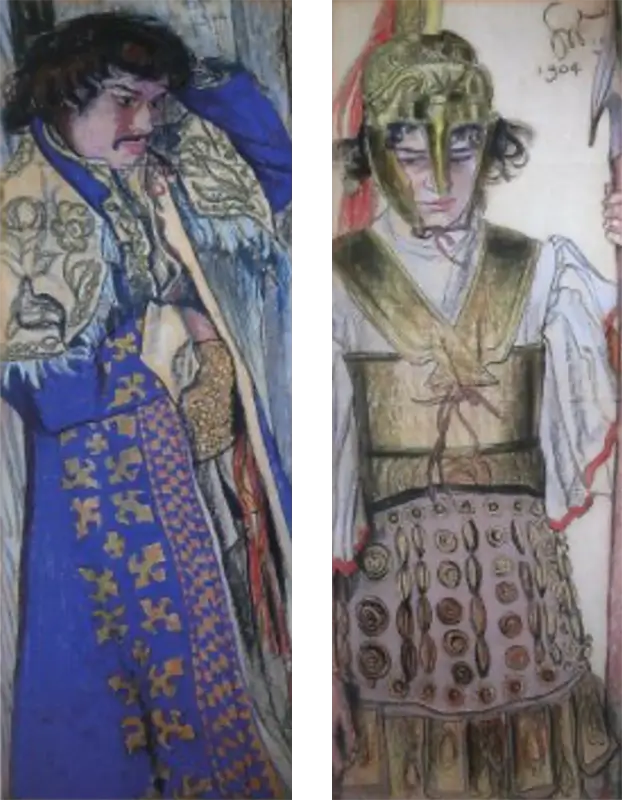
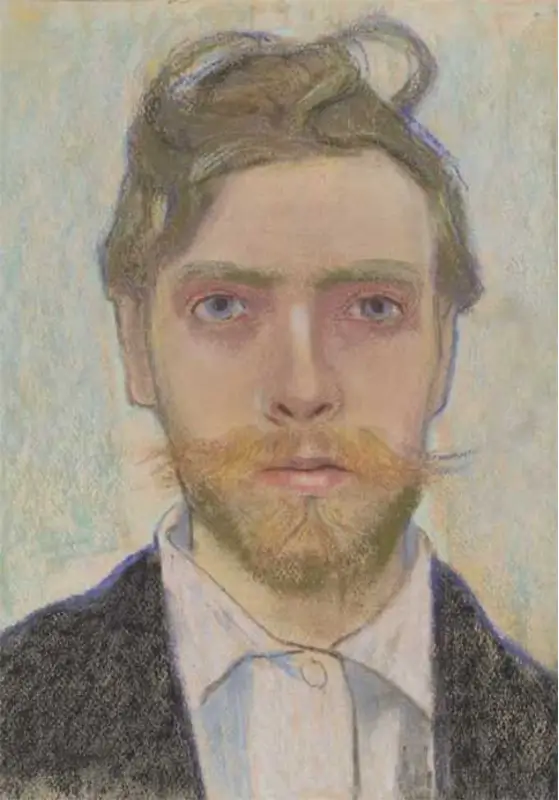
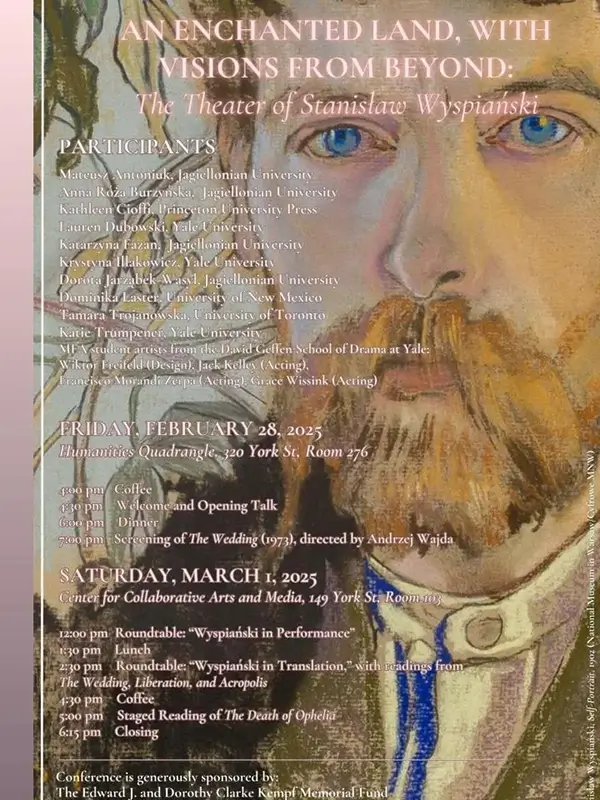



Comments